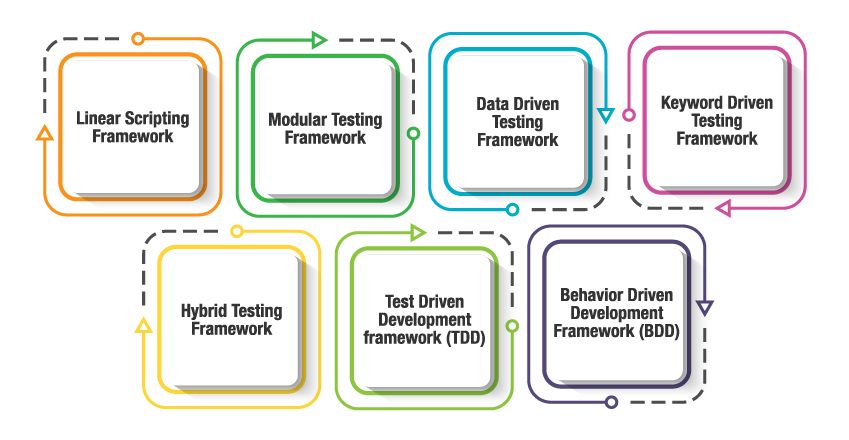
This blog is written by Marcus Catt, a principle consultant for Infuse with over 40 years worldwide experience working within the I.T sector.
So what is an Automation Framework? Well its a moving, evolving thing…..
In an IT context, A framework is considered to be a combination of set protocols, rules, standards and guidelines that can be incorporated or followed as a whole so as to leverage the benefits of the scaffolding provided by the Framework.
In an automation testing context this is often described in terms of reuse, coverage, maintenance, reporting, recovery actions and minimising manual activities. All of which sounds really awesome but not always so easy to comprehend.
Really a testing framework would first and foremost be responsible for:
1. Defining the format in which to express expectations (the Test Vocabulary)
2. Creating a mechanism to hook into or drive the application under test (starting it up)
3. Executing the tests
4. Reporting results
We are making progress now, but what does this mean? Who cares? How is it useful?
The idea is that if you do the same thing many times and/or many similar things on the same application, most of the required actions and outcomes are really the same, so you do not need bespoke solutions each and every time. Therefore, a framework will take care of managing these common behaviours for you.
From the beginning of time (IT time that is) we have had automation frameworks:
1st Generation Automation – Record and Playback
2nd Generation – Use/reuse of functions in test scripts – Module/library based
3rd Generation – Data Driven scripts/functions
4th Generation – Action word (keyword) scripts/functions including Hybrid and BDD models
5th Generation – Scriptless Automation

The key question should always be: What is the value in business terms?
And the answer is: Fair to amazing. It is difficult to imagine that you will not get a reward, the only question is on the size of your win.
You do need to spend slightly more on – resource skill / investment time / maintenance effort.
The Return you get is – reduced execution time – increased number of executions – trend metrics – full cover choice – early answers – reduction in risk carried.
The focus now for the industry is on reducing the initial and ongoing investment – Script less tooling is ‘the’ emerging area.
This will reduce the depth of skill required and ease the maintenance making adoption even more compelling for those who want to travel fast, but in relative safety.
Should you be automating your testing? Of course, you should, using 4th or 5th generation tooling.
Next time……we will look at some of the finer details around 4th and 5th generation tooling to see what “features” we should be focussing on.